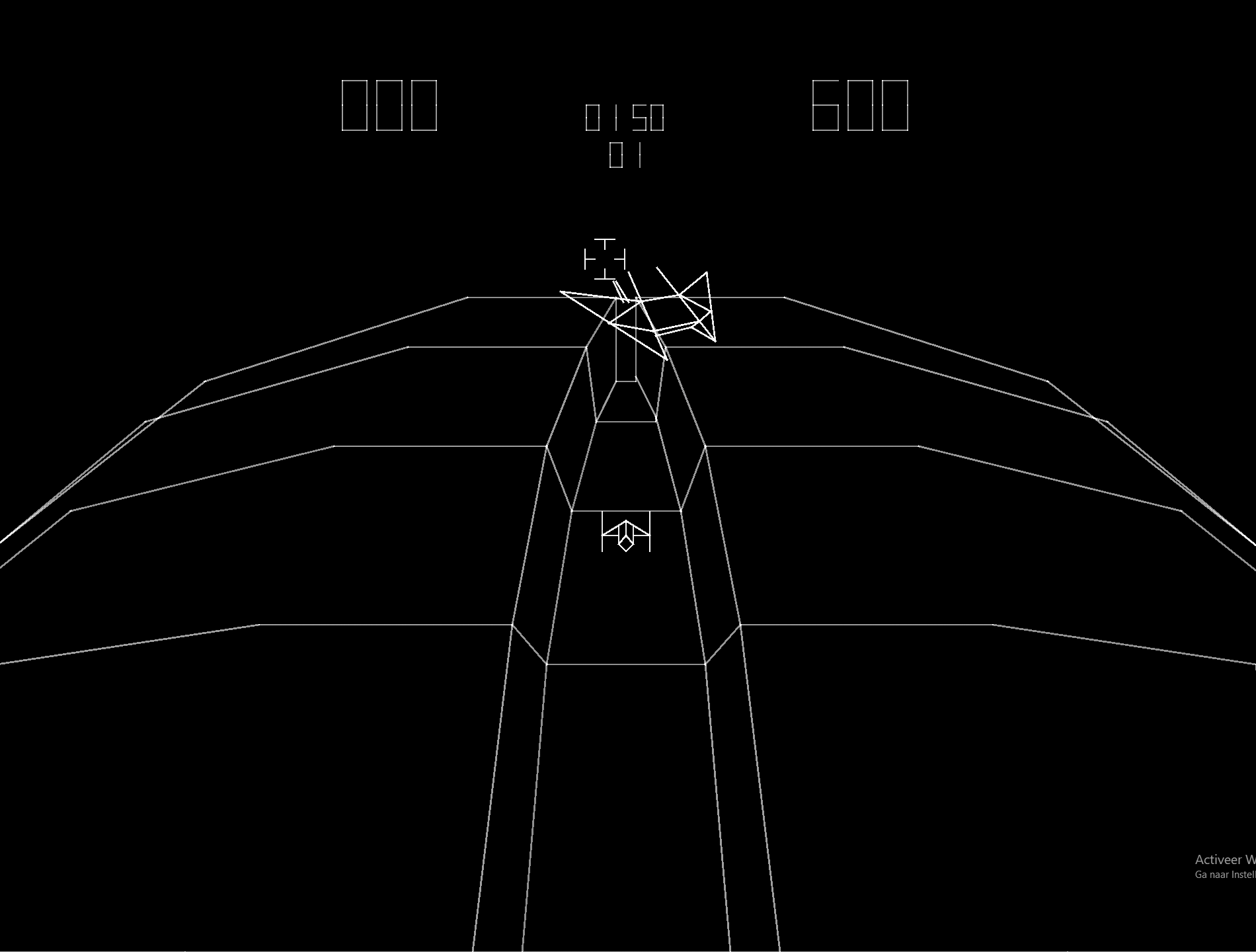Introduction
Released in 1977, Starhawk was one of Cinematronics’ earliest vector-based arcade games and stood out for its unique pseudo-3D perspective. Instead of the traditional top-down or side-view style seen in most shooters of the era, Starhawk placed players in a forward-facing cockpit view, battling waves of enemy ships and obstacles in deep space. Its innovative approach made it visually striking and positioned Cinematronics as a pioneer in early arcade innovation.
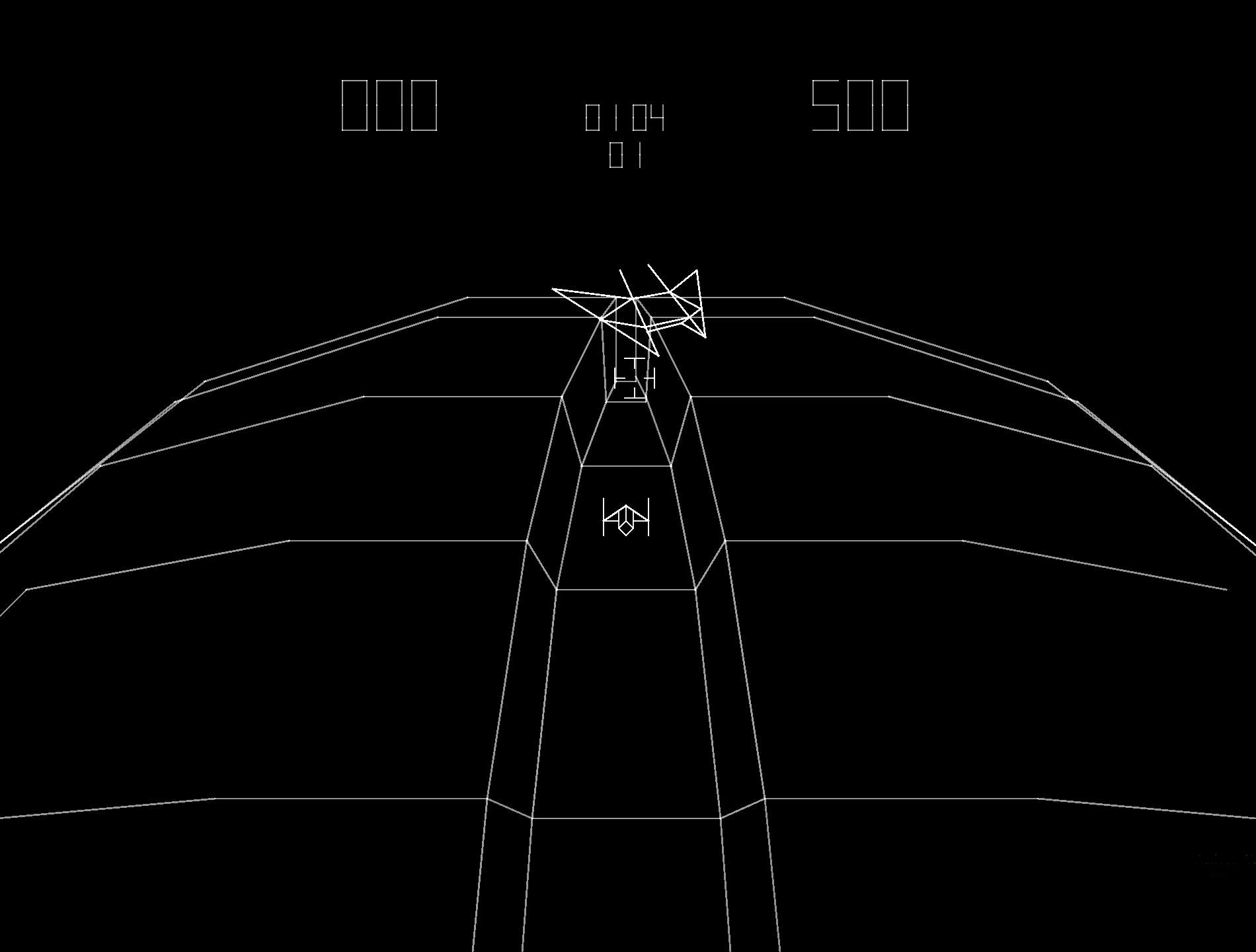
Development and History
- Developer: Cinematronics
- Publisher: Cinematronics
- Release Date: 1977
Following the success of Space Wars, Cinematronics sought to experiment further with vector graphics technology. Starhawk introduced a perspective similar to what would later be seen in rail shooters, giving players the sensation of flying directly into enemy territory. Its minimalistic vector visuals and fast-paced action were designed to stand out in crowded arcades filled with raster-based displays.
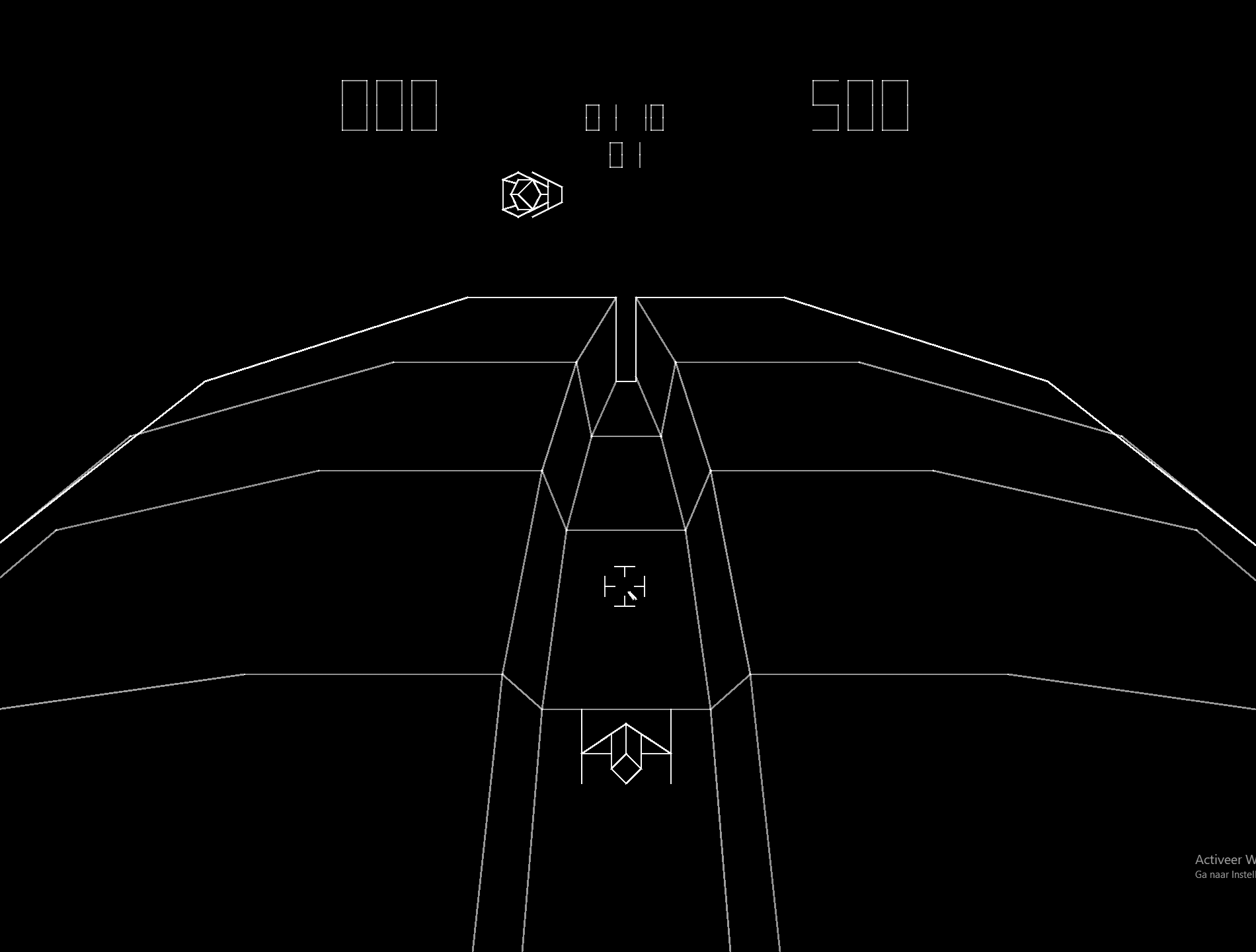
Gameplay Video
Gameplay and Mechanics
- First-Person Perspective: The game’s pseudo-3D cockpit view gave players the feeling of piloting a spaceship directly into combat.
- Vector Graphics Display: Crisp lines and smooth movement showcased the unique benefits of vector monitors.
- Enemy Waves: Players fought off constant waves of enemy ships and obstacles while avoiding incoming fire.
- Scoring System: Points were awarded for destroying enemies and surviving through increasingly chaotic waves.
- Simple Controls: Players used a joystick to aim and fire, making it easy to learn but difficult to master.
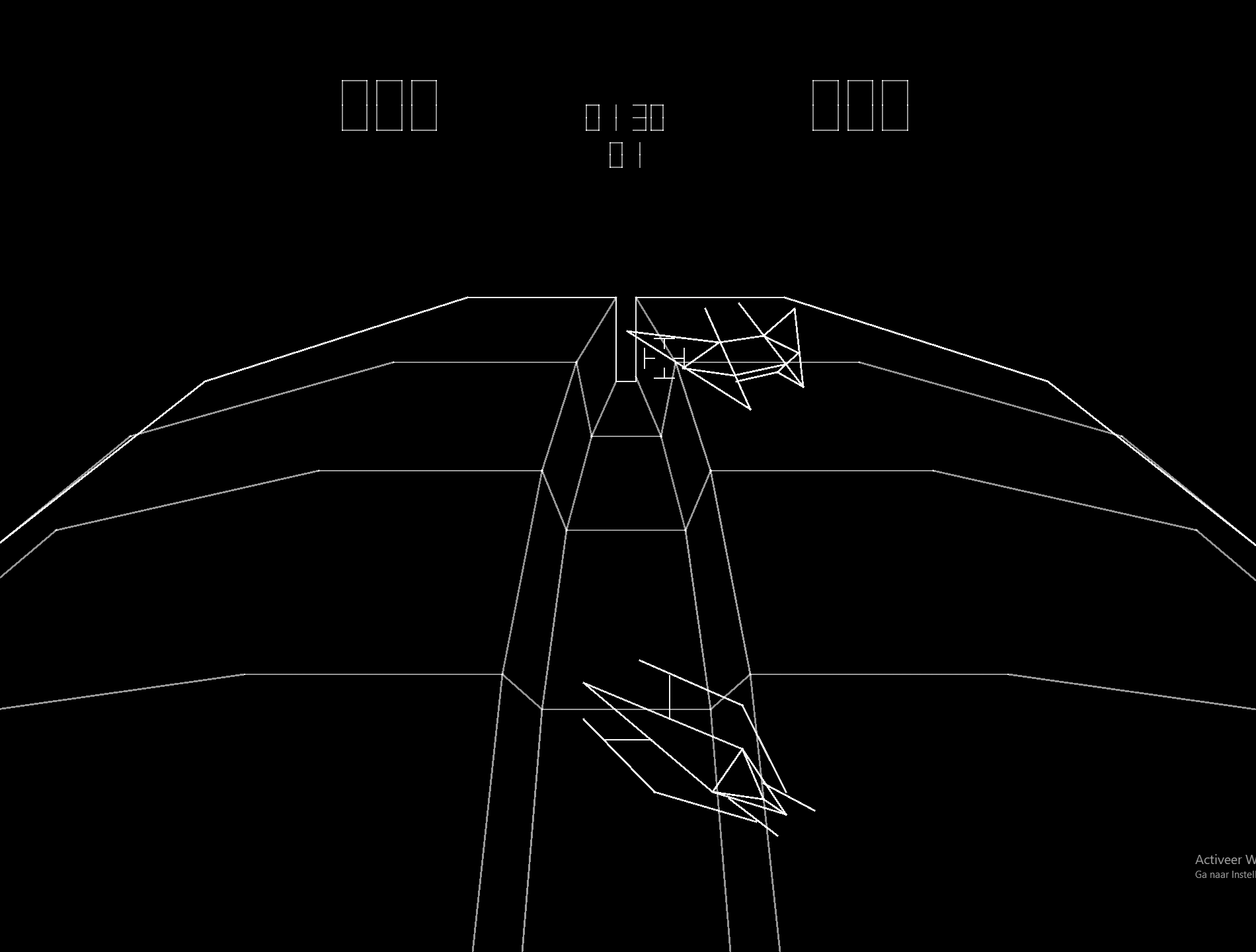
Cultural Impact and Legacy
Although Starhawk wasn’t as commercially impactful as Space Wars or later Cinematronics titles like Star Castle, it represented an important step in early arcade experimentation with perspective and immersion. The game’s cockpit-style view anticipated future rail shooters and space combat simulators, influencing game design well beyond the vector graphics era. Today, it is considered a fascinating relic of arcade innovation and an example of how developers pushed boundaries with limited technology.
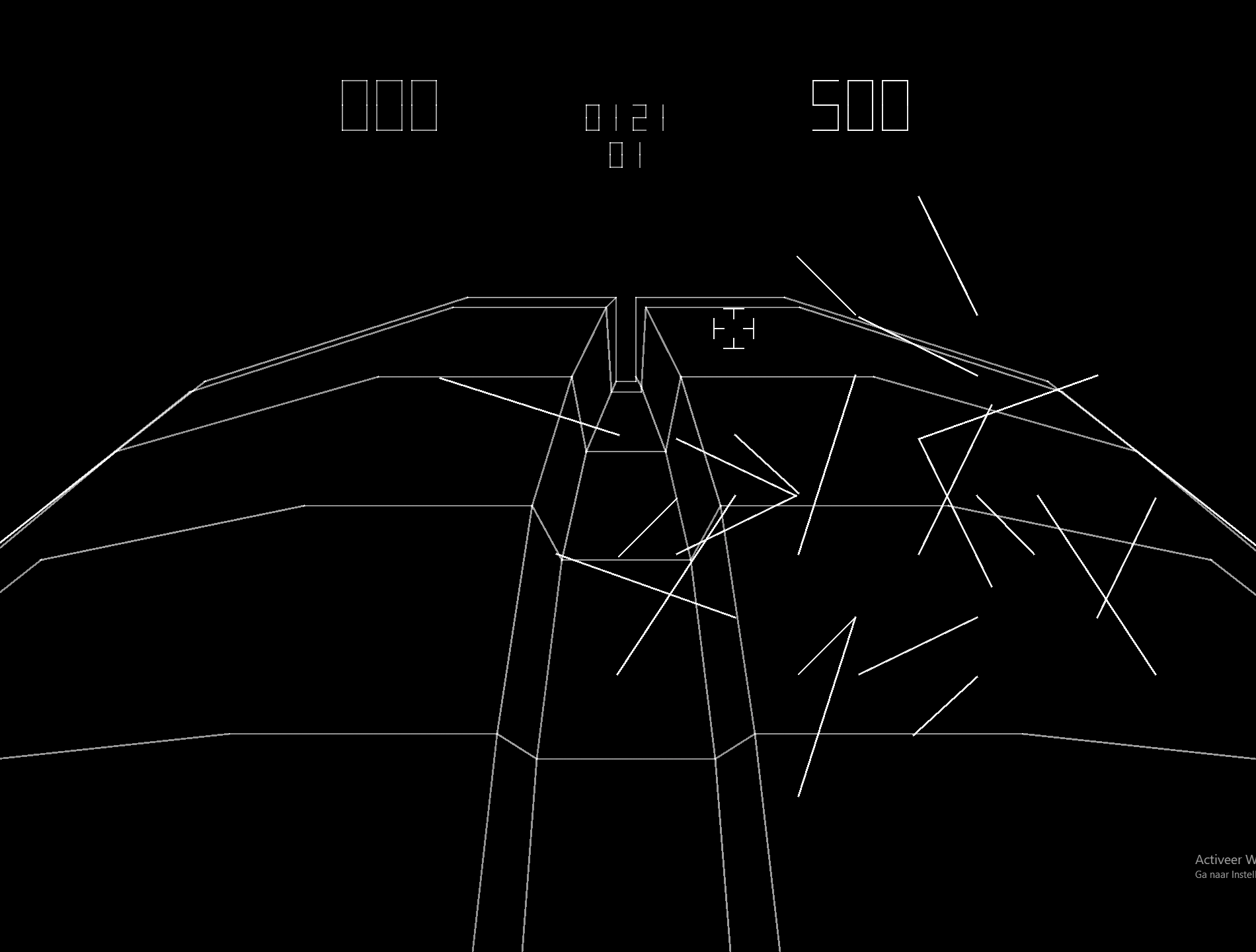
Fun Facts
- Starhawk was among the first arcade games to attempt a first-person shooter perspective.
- The game’s vector-based approach allowed for smooth scaling effects long before polygonal 3D graphics.
- While not a huge commercial success, Starhawk demonstrated Cinematronics’ willingness to experiment with new ideas.
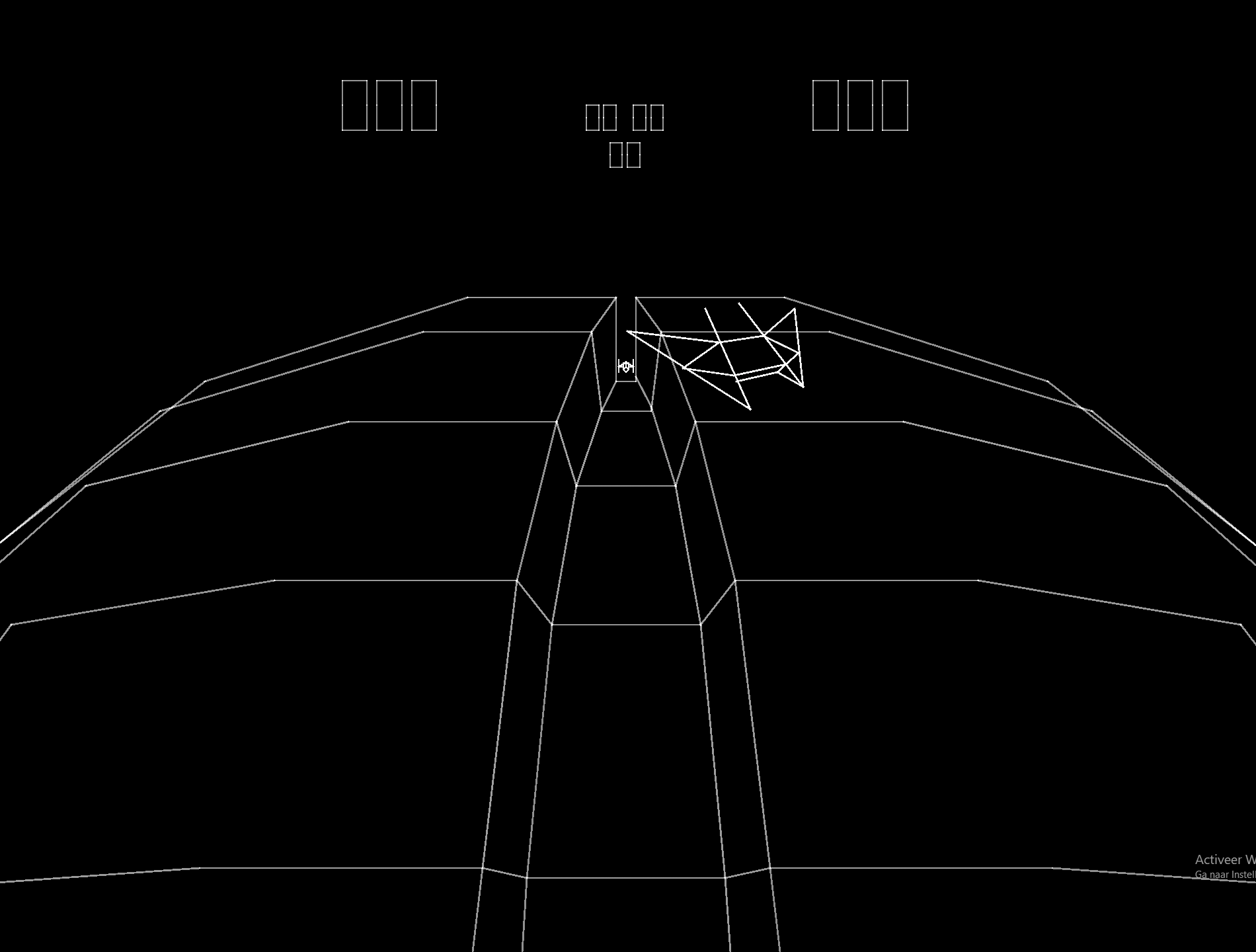
Conclusion
Starhawk may not have achieved mainstream success, but it showcased Cinematronics’ innovative spirit and willingness to explore new visual and gameplay concepts. By experimenting with perspective and immersive space combat, it helped pave the way for later advancements in shooter design. For collectors and fans of early arcade history, Starhawk remains a unique and important milestone.
Want to Go Deeper Into Arcade History?
If this game left you craving more, dive into the complete stories behind some of the most iconic arcade genres and franchises. These articles explore the rise, innovation, and legacy of the games that shaped arcade culture:
- Top 25 Hidden Gem Arcade Games of All Time - Unearth the overlooked classics that still shine bright for arcade enthusiasts today
- Top 25 Beat ’Em Up Arcade Games of All Time – Discover the ultimate ranking of the greatest beat ’em ups ever to hit arcades
- The History of Beat ’Em Up Arcade Games – From Double Dragon to Final Fight, here’s how brawlers ruled the late ’80s.
- Donkey Kong’s Rise to Fame: How a Desperate Bet Created a Gaming Legend – The untold story of how Nintendo turned failure into a global icon, launching Mario, Miyamoto, and a new era of arcade storytelling
- The Economics of Arcade Gaming: The Golden Age of Coin-Op – This article explores the full arc of arcade economics: the explosive rise, the industry-shaking crash, and the waves of reinvention that kept the business alive
- The Complete History of Mortal Kombat Arcade – How a gritty fighter became a pop culture phenomenon.

